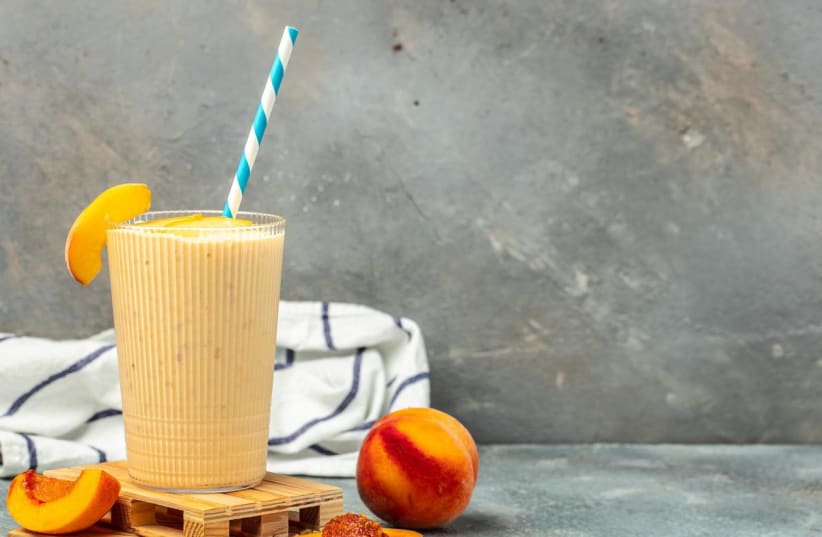The initial assumption is that a thin shake based on water or orange juice, combined with fruit, contains fewer calories and sugars, making it better for weight maintenance. However, a new study published in the American Journal of Clinical Nutrition reveals that choosing a thick shake, or smoothie, rich in dietary fiber contributes to a longer-lasting feeling of satiety. In contrast, thin and watery shakes leave the stomach quickly without providing a sense of fullness, leading to hunger and snacking.
Dense - Not Necessarily Calorie-Laden
It's important to note that a thick shake doesn't necessarily mean a high-calorie and high-fat shake. During the study, participants received a thick shake with only 100 calories; on another occasion, they received a thin shake with a whopping 500 calories. The results demonstrated that the low-calorie thick shake provided greater satisfaction than the high-calorie skinny shake. These findings are unsurprising, as calories alone do not create a sense of satiety.
The feeling of fullness originates from two mechanisms. The first mechanism involves the absorption of sugars and nutrients from the digestive system into the bloodstream, which signals the brain to transmit a message of "I don't need more food." However, this mechanism could be faster and more effective, often overlooked. The second mechanism focuses on feeling full in the stomach, providing more precise and quicker signals.
To explore this further, young and healthy participants who had fasted for approximately three hours consumed shakes of different densities while their stomachs were scanned with an MRI machine. Simultaneously, they rated their level of appetite or satiety every 10 minutes. The tests revealed that the thin, high-calorie shake left the stomach quickly, leaving the individual hungry despite consuming 500 calories. In contrast, the thick shake with only 100 calories stayed in the stomach longer due to its fiber, protein, and fat content. Therefore, the key takeaway is not whether or not to drink a shake but rather what to include in it.
Transforming a Shake into a Meal
To make a shake more satisfying and nutritious, use the whole fruit, including edible peels, instead of just the juice. Additionally, it is recommended to add a fatty food component such as tahini, avocado, almond spread, or mini nuts. Including fiber-rich ingredients like ground flax seeds, oats, or bran is also beneficial. Yogurt can be added for added protein and fat. Combining these elements makes the shake a complete meal rather than just a beverage.
What about the size of the shake?
Shakes, especially store-bought ones, often come in large to enormous sizes. However, it is essential to remember that the recommended consumption is much smaller. The large cups contain excessive sugar and calories, exceeding our bodies' needs.
Treating a shake as a meal rather than just a drink, similar to a portion of thick soup, is advised. Purchasing shakes in smaller glasses is recommended, as the calorie content in a glass is often higher than that of a glass of cola of the same size. For instance, a 100 ml shake can contain carbohydrates equivalent to two to three teaspoons of sugar.
